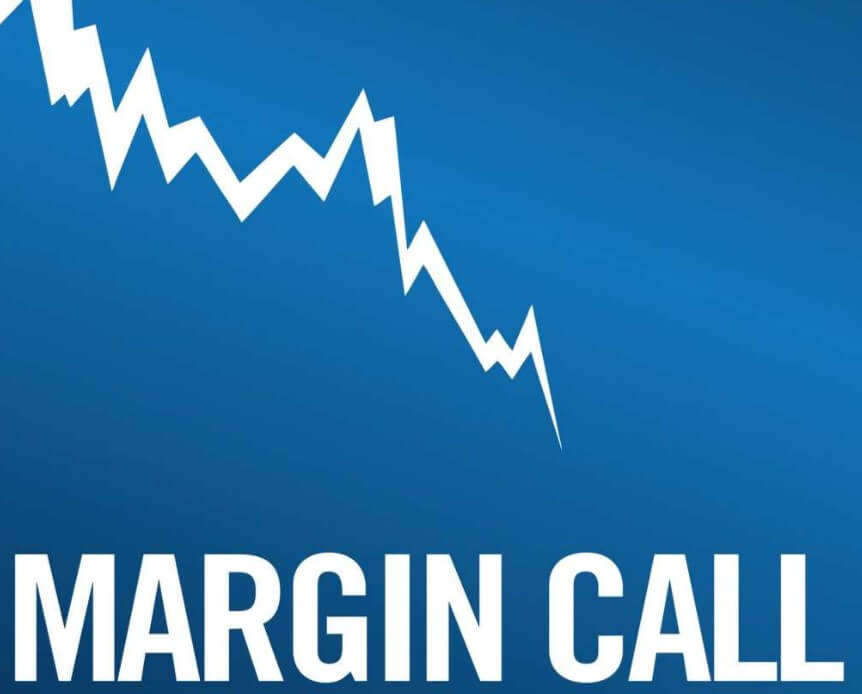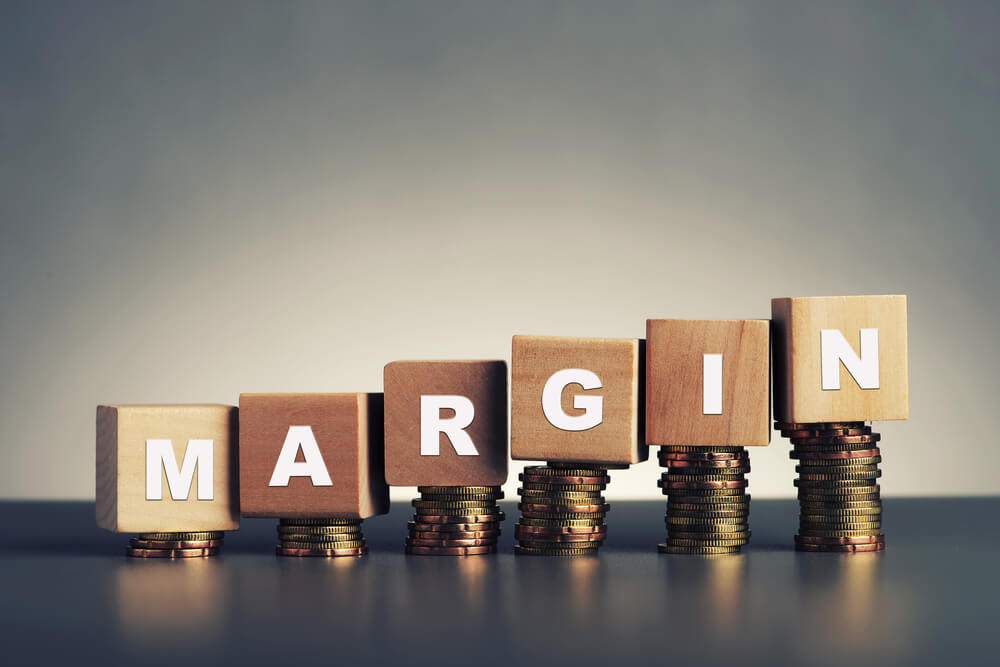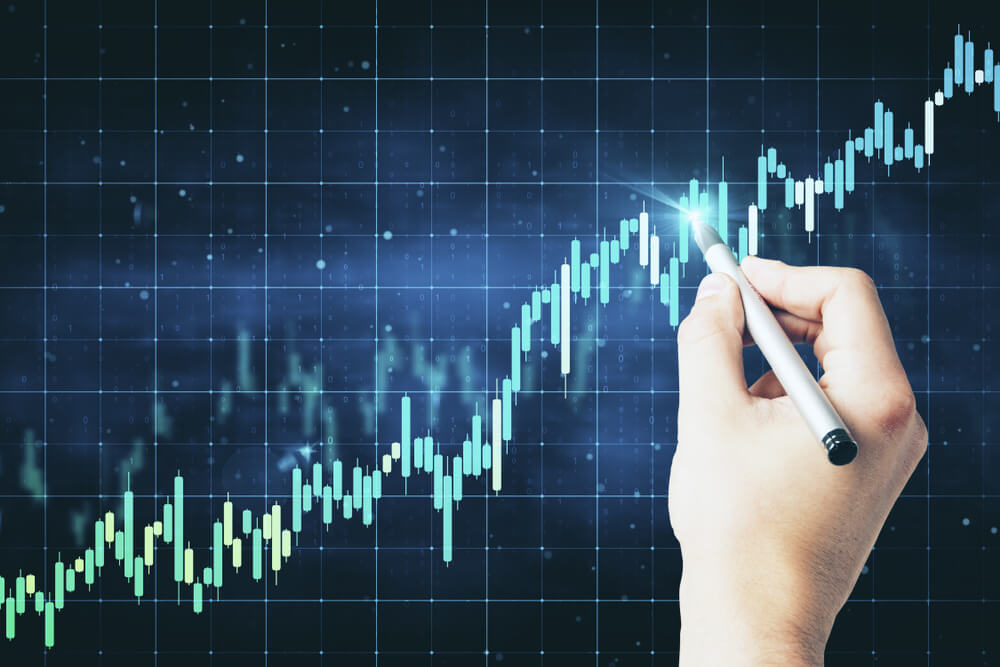Margin call and Stop Out are some of the trading conditions that are infallibly indicated in the trading account conditions. Margin call is a warning sign, which the broker sends to the trader to deposit new funds into the account when losses on open transactions have approached a critical level. If the trader does not make a new deposit into his account and the losses continue to increase, the broker may affect a forced closure of the trader’s transactions.
Stop out is a notice of auto-close of transactions, which occurs when there is an insufficient margin level to keep account positions open. Brokers indicate in their agreements the percentage of this level, which may be different in each case.
Control of the margin level is one of the essential rules of risk management. In order to make this process very optimal, professional traders often create models, which allow estimating the level of the minimum margin required with specified leverage and volume of transactions. For more information on how to create models, how to calculate the margin level, and how to manage leverage, read this article.
Margin Call and Stop Out: Concepts and Calculation Rules
Terminology is the first thing the trader has to study before testing his strengths in Fórex. Without it, it is impossible both successful trade and collaboration with your broker. For some reason, in most cases, beginners believe that it is enough to download a strategy from the Internet, follow the recommendation point by point in the demo account to be able to start earning “a goose paste”.
Boxes such as “I have read and accept the terms” are automatically marked. It is that the merchants ignore the concept “offer”, where they have described all the conditions of the trade in mole type of accounts. In the end, this can lead to losses and disputes between the trader and the broker. Today, you will know two important concepts, Margin call and Stop out, whose parameters brokers always indicate in the commercial terms of each account.
In this article I will explain:
- What are Margin call (margin call) and Stop out with practical examples (already defined above).
- How to create a model to control the required minimum margin level and how to apply it in trading.
- How to avoid stop-out (forced closure of open positions).
- Stop Out and Margin Call: how not to run out of deposit at an inconvenient time.
This story happened on December 30, 2015, when miracles occur and one can ask for new magical desires. On that day Denís Grómov, a private merchant, also expected miracles. If we want to explain otherwise it would be impossible how in just 4 and a half hours and with the deposit of 5.6 million roubles (approximately € 64,400) he made more than 5,000 transactions of purchase and sale of currency for a total value of 42 billion roubles (about € 483,000). Later the 38-year-old merchant will say that he did not understand what happened. It’s just that the price of the dollar was growing and winning on the stock market was the best option if you looked at it from the point of view of spending on the margin. The result was sad: having lost all his deposit, the trader was left in debt to the broker and now owes him 9.5 billion roubles (about 110,000 euros).
The trader operated with a specific asset USDRUB_TOM, whose exchange rate today is set as the official tomorrow by the Central Bank of Russia (TOM – tomorrow). Grómov noted that compared to USDRUB_TOD (today) the US currency cost a little more. In 38 minutes he made more than 2,500 operations buying the US currency with the official rate for today (today) and selling it with the official rate for tomorrow (tomorrow). As it seemed to Gromov, the deposit was insufficient, so he applied the broker’s leverage. The general purchase/sale position of the asset did not exceed the margin requirement (the sum of the deposit retained by the broker as a guarantee for the opening of commercial operations), but at that time the volume of operations was already about 23.7 billion roubles (about € 2,724,000).
At that time he was called the manager of the broker, warned him of so-called “margin call” and proposed “reducing leverage (borrowed funds) by opening up opposite positions”. The trader’s mistake was simple: he did not take into account the price for arbitration (carrying out complementary transactions at the same time in the price difference between different markets on the same financial asset). Any leverage increases the volume of the transaction for which an interest charge (swap) is charged when a trading day is terminated for keeping the transaction open for more than one day. The operations with the asset USDRUB_TOD were executed on December 31 while the operations with the USDRUB_TOM, only on January 11. For all those days a swap was charged from the merchant’s account, which was larger than his deposit. This was what the broker manager told the unfortunate trader, who had only to close the open-to-loss transactions.
The merchant tried to solve the problem through the court, but without success. However, this story serves as a compelling example of how relevant it is to know the terms “margin call”, “stop out” and “swap”.
What are Margin and Margin Call Operations?
Margin operations are leveraged or leveraged operations offered by the broker. The margin allows opening positions for a total amount of ten, one hundred, and even one thousand times larger than that of the entire merchant deposit on condition that this amount is returned.
Each broker has its own leverage: 1:1 (the broker does not have it); 1:10 (the trader can open trades with a volume ten times larger than his deposit), 1:100, and even 1:2000. According to the recommendations of European regulators, before the permitted minimum limit of leverage was 1:200 and now, from 1:50 with the prospect of decline to 1:30, although this does not stop offshore licensed brokers. Therefore there is still leverage of 1:1000 and even 1:2000.
No one from the company representatives will tell you where the broker gets so-called leverage, on the pretext that they protect trade secrets.
There may be several options:
Aid to liquidity providers. Liquidity providers are investment banks whose liquidity depends on the deposit of investors through which the merchant’s deposit can be increased. Although there is one question: what do liquidity providers gain? Perhaps, brokers share the spread with them. But if, in fact, it’s so obvious, what is the reason why providers hide the leverage mechanism?
Technical multiplier. Regardless of the leverage offered the trade is done with merchant funds. The merchant, who buys a currency, will sooner or later sell it to regain balance. Broker leverage is only a digital instrument that is offset in opposite trades. The total volume of transactions with this type of digital instrument is much larger than the amount of the real currency in the broker’s accounts. But the system maintains the balance since after each purchase transaction there is a sale transaction and vice versa. If one merchant wins, the other loses.
Broker – “kitchen”. The manipulation of figures is carried out within the same company. The aim of the broker is to offer the trader the largest leveling so that he can lose his funds as quickly as possible.
In theory, they very often say that leveraged transactions are “a virtual loan with a deposit guarantee from the trader” or “bilateral transactions in which the trader who bought the asset with borrowed money is forced to sell it later”. Actually, it’s not entirely true. In any credit transaction, the lender also runs the risk of not getting the loan back. In margin transactions, the broker does not assume this risk.
Leverage Examples
No leverage – The trader has $1000, of which $600 wants to invest in oil. Oil volatility is small: – 0.1-0.3% per day. Suppose the trader performs intraday trade and in the oil market, a force majeure is produced and, as a result, instantly the oil price drops by 5%, that is, from $ 60 to $ 57 per barrel. If the merchant has opened a long position with his $ 600, the losses will be 600*0.05=$ 30. The deposit of $1000 is a small amount.
With leverage – Suppose the trader is confident that oil prices will rise and makes the decision to apply the 1:1000 leverage. The broker retains $600 of your deposit as collateral and $400 of the free margin (uncommitted balance) will serve as insurance. Thus, the trader opens a position worth 600*100 = $60,000. Force majeure spoils the investor’s plans and the loss of $30 becomes $3000. The merchant does not have this money in his account, so all his transactions will be closed by force before oil prices drop to the level of $57. It is easy to calculate that the guarantee of $ 600 with the indicated leverage is able to withstand just a 1% decrease in price ($ 0.60), the unencumbered balance ($ 400) – $ 0.40 more.
Margin Call (margin call) is a situation in which the broker informs the trader of the need to deposit new funds into the account in the event of a reduction of the sum below the established level. It is a kind of warning that the merchant’s deposit under the current conditions will soon end.
Stop Out is a forced closure of the trader’s open transactions at the current market price when the proportion of the deposit amount and the current loss to the amount of the guarantee for the positions opened at this time (margin level) is lower than the corridor has established. Open operations are closed one after the other until the free margin exceeds the established limit.
Example: The runner places the margin call in Fórex at the level of 20% and the stop out, at 10%. The merchant deposits $300 and applies the leverage of 1:100 by opening a deal worth $20,000. The amount of own funds needed to open this type of operation is 1/100 out of 20,000, or $200. The 20% of the guarantee amount is $40 and 10% is $20. Then when the trader loss is $260 a warning signal will be sent; when the trader’s account drops to $20, the forced closure of open trades will be generated.
Important! By setting limits on maximum leverage, European regulators are struggling not with brokers, but with the psychology of traders. The size of the leverage on Fórex carries no risk. Since there is no difference if the merchant with a deposit of $ 300 will open a position with leverage of 1:100 (the guarantee is $ 200) or with leverage of 1:200 (the guarantee of $ 100). It will continue to operate with available funds of $300. The volume of the position matters! If in this case, the volume is the target ($20,000), then in practice the emotions push operators to open large volume operations with greater leverage, which can lead to losses.
On the MT4 platform, the data on available funds and the margin level are indicated in the menu below in the “Trade” tab.
Specific Terms
Deposit is the amount of funds deposited into the trading account.
Balance is the amount of funds of the merchant at the present time, which remains in the account after the transactions have been executed. It is equal to the current adjusted profit or loss balance. If the amount of loss on unprofitable open transactions exceeds the profit on profitable transactions, in this column the figure will be less than the amount of loss. For example, the deposit is $100. One of the two trades was profitable and reported a gain of $32. The second operation has been closed to losses: $ 43. 100+32-43=89.
Margin (also known as “guarantee”) is a short-term loan service provided by the broker while his position is open. If the merchant buys the euro for a value of $10,000 and with leverage of 1:100, the loan will be $100.
Free margin is the capital not involved in the trade that the trader can use at his discretion. It is calculated as “balance”-“margin”.
Margin level serves as the indicator that reflects the account balance and is expressed as a percentage. For the trader, you will have something to look at. If its value falls below the stop out set by the broker, the closing of operations begins. The following formula will help us to do the calculation: “Funds”/”Margin” * 100%.
Example: The merchant deposits $100 into the account and is about to open a position with a volume of 0.01 lots at the price of 1.4500 with the leverage of 1:100. 1 lot is 100,000 units of a conditional currency, therefore, to buy 0.01 lots you need $14.5. (Total: $1,450). “Deposit”: $100. “Balance”: before the opening of operations is also $ 100. “Margin”: $ 14.5. “Free margin”: $ 85.5. “Margin level”: (100/14.5)*100 = 689%.
How to Calculate the Approximate Margin Level?
Any theory is necessary not only to be able to apply it in practice but also to be able to make forecasts with your help. The risk management system shall involve the development of several risk management models that allow current amendments to the table in a matter of minutes according to the market situation, and to see how the future outcome changes.
The management of the level of deposit allows to foresee in which quotes of the pair with the established volume of a lot can occur the stop out in Fórex. With averaged volatility data, an individual strategy can be created to increase (decrease) the volume of positions according to the rate of change in price and the level of leverage.
Peculiarities of Margin Operations in Forex
Unlike other types of loans, the merchant does not pay a percentage for the use of the loan on a regular basis. Any broker has swap, a commission that is charged for keeping a position open at the end of the day. The swap is charged against all open positions, including those in which the loan funds are involved, and deducted from the trader’s own funds, thus accelerating the reduction of the balance.
In most cases, margin operations are short-term. The trader takes advantage of leverage only when he is completely confident that the trend will not change. After making a profit from short-term positions, the trader again operates on their own funds only. In most cases the trader will not lose more than what he has deposited in his trading account, that is, the account balance will not be negative.
A clarification on the last point. The broker who lends his money for one day is not at risk, as in the event of a sudden price reversal he will have time to automatically close all the trader’s transactions. The situation is different if the transactions are transferred to the next day or in the case of serious force majeure.
Example: In mid-January 2015, the Swiss Central Bank allowed its national currency to fluctuate. In one night the franc shot up against the dollar and the euro at 30%.
That decision was unexpected to many. On the first day, due to the existence of high volatility trading conditions were amended: some suspended operations, some changed the margin requirement. Almost all brokers suffered losses on the illiquid market, and the British department of Alpari (UK) even went bankrupt, whose official version is that. “due to the volatility the company lacked liquidity. The losses of the clients exceeded the funds deposited, and the broker was forced to reward them on his own”. It’s a perfect example of how the exception confirms the rule.
How to Avoid Margin Call and Stop Out?
- Read the offer where the trading conditions of each trading account are indicated in detail.
- Comply with comprehensive risk management standards. The theory is that the sum of simultaneously opened positions should not exceed 10% (rarely 15%) of the deposit amount.
- Use the example of the table given in the article.
- Be cautious when using leverage. Set a target in the volume of positions and do not try to open the maximum position possible.
- Estimate the share of leverage and volatility. The higher the volatility, the lower the leverage in margin operations.
- Set the stops.
Conclusion
You should not be afraid of leverage, any instrument in the hands of professionals is capable of delivering benefits. Leverage is the individual choice of each, so in this article, I do not give a uniform recommendation applicable to all traders. Strict observation of risk management and control of unprofitable positions is one of the most effective methods of avoiding stop-out.




